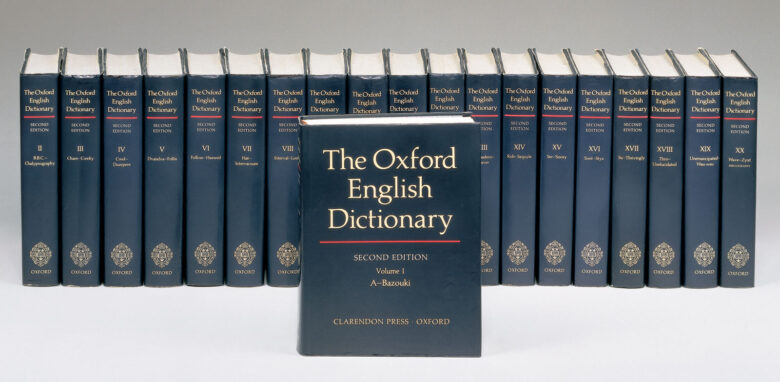Professors have an art of explaining complicated things in a discrete and precise way. They have immense talent in making the reader understand what he is actually looking for. To learn this precise conduct of writing, here are a few tips that you should follow. According to bestessayhelp.com, proper dedication and concentrating on the right words can get you the right style of writing. It’s really simple and easy to get the professor’s style of writing. You will be appalled at the results you get when you follow these small tips and tricks for writing.
1. Read the instructions carefully

This point is of utmost importance. When you are about to start writing or even research something, you should read the instructions with full concentration. There are always chances of missing the small words like ‘not’, ‘if’, ‘don’t’, etc. sometimes these words are capitalized but still are missed out.
So, take about half an hour and understand what you are about to write. Carefully observe the guidelines and look for what is discreetly asked? Read the instructions ten to fifteen times to get the clarity. Your one-fourth work is done when you know what you have to write. By reading instructions carefully you can avoid last-minute blunders too.
Included in the instructions are also the format for writing, the paragraphs to be divided and the number of words to be used. If you are writing for the web, a series of keywords will also be provided. You have to be extra careful about including them at proper intervals and in proper sentences.
2. Concentrate and understand the verbs efficiently

The first word of the assignment is generally a verb. Define, explain, convince, persuade, analyze, discuss, etc. are the most prominent words. You have to do exactly what is asked for. If you really want, you can consider the oxford dictionary and get a deep analysis of the action that has been asked to perform.
When asked to “explain” a particular place, event, or theory, make sure you don’t define it. It is a common mistake and realized only when half of the efforts are made. So, understanding the action of the verb is critically important. Also, the next major mismatch is between the word ‘analyze and compare’. The readers leave after reading the first 200 to 500 words if they don’t see that the content is in context with the guidelines provided.
So, make sure you get your verbs right to get the entire content right.
3. Use simple, lucid, and engaging language

Keep the language as simple as you can. And stay away from using textbook language as much as you can. Professors know that they have to explain the concepts to the reader in a simple way. And you have to do the same. So, just try writing conversational and engaging language. If you are writing a formal document you can cut off the conversations but still keep the language engaging.
The key to taking inspiration and writing like the professors is that just keep in mind that you are explaining the reader something. The reader has no idea about the topic, so give him a glimpse of history and then focus on explaining to him the desired topic. This is the key idea to be kept in mind while writing.
4. Give an idea in the beginning

When you have understood what you have to write, ensure to give the main idea and your understanding in the beginning. Don’t use the beginning to build a plot, but use the beginning for a proper introduction of what you have understood.
When the beginning is exactly what the reader wants to read, he proceeds seamlessly through the following content. Give a discreet and short description of the points that you have covered in the content. Professors like to describe their work of the article in the beginning and then go in-depth, so you too have to do the same.
The introduction determines the clarity of your article and it needs to be immaculate. So, not only make a nice small paragraph of the combination of the ideas covered in your writing but also make sure not to give too much away in the beginning.
5. Avoid complicated, run-on and passive sentences

This is very important if you want the reader to be grasped to your content. Active voice statements make the writing less complicated. The simplest example is, “The Second World War was initiated by the Nazis.” sounds a bit annoying, but” The Nazis initiated the second world war.” sounds exciting. This is a really simple sentence, but imagine how profound impact an active voice will create on complicated sentences.
Plus, also make your ideas crystal clear. Don’t complicate the reader’s mind. Use examples, contradictions, theories wherever necessary. When a particular idea is relatable, it is really easy to understand. Run-on sentences are another example of negative writing. Use long sentences only and only when required. Use short and lucid sentences. Lengthy sentences tend to bore the readers.
So, summing it up, if you want to write like a professor, try thinking like one. Try writing in a way that is making the audience in digital publications, doe, understand the concepts in a neat and simple way. Also, make sure that you do not use oversize words that are not used in everyday language. People tend to use fancy words to make their writing stand out. But the simpler you write the better it is to understand and relate. So, if you think the word is too fancy for your writing find the synonym and replace it.
And last but not the least, proofread and revise your article as much as you can. You can even get your friends or a professor proofread it for you. The consent and ideas of others should always be welcomed by a writer. They will make sure that your writing is polished and you know which mistakes are not to be made in the future.

